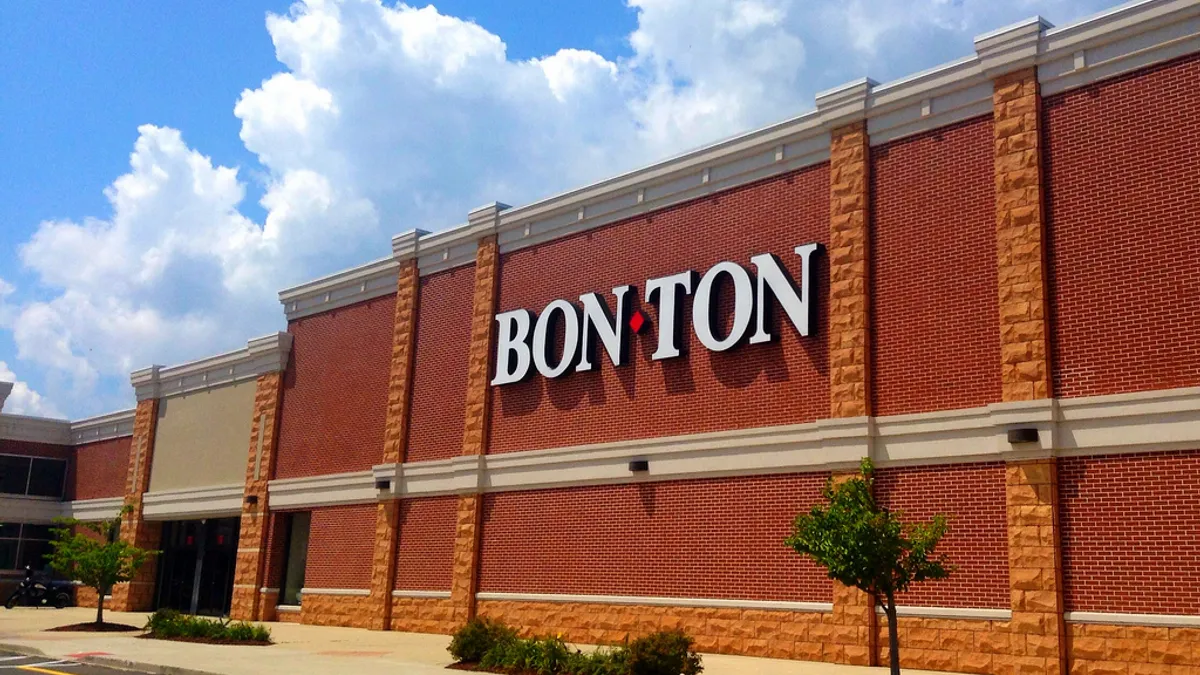Dive Brief:
-
The Bon-Ton Stores — which operates Bon-Ton, Bergner’s, Boston Store, Carson’s, Elder-Beerman, Herberger’s and Younkers stores — has started using RFID-based inventory management technology from Zebra Technologies, according to a Zebra press release
-
The technology is meant to speedily restock merchandise and improve customer experiences. Bon Ton is providing its store associates in about 180 stores with Zebra’s MC3190-Z RFID handheld reader to speed up what had been primarily a manual, paper-based process restocking merchandise displays.
-
According to the release, the RFID inventory system can provide Bon-Ton with deeper visibility into what merchandise is available at all times. The technology is also supposed to allow store associates to scan and tag new merchandise as it first arrives in-store so it can be immediately placed on display, leading to quicker item availability and, Zebra says, higher sales.
Dive Insight:
Bon-Ton seems to be on a mission to bring its operations into the 21st Century. Earlier this month, the company embraced the curated outfit concept, and now it’s embracing RFID.
In neither case is it breaking new ground that other retailers haven’t. Plenty have been offering curated collections of products as a way of personalizing customer experience and giving customers a speedier path to purchase. There are also plenty who are pushing RFID into stores, and some, like Macy's and Target, that are doing it on a much larger scale (1,600 stores in Target’s case.)
So maybe Bon-Ton Stores doesn’t get first mover status in either case, but that is not so important for a retailer just trying to make some technology moves that can help it make money and save money. A curated collection web site feature like Bon-Ton’s Style2Go can help it achieve the former, while RFID can help it achieve the latter. And if Zebra's technology lives up to its full promise, it could also help Bon-Ton make money as well, by allowing the retailer to capture more sales opportunities.
The Zebra readers could greatly change the daily inventory management process for store associates as they use readers to scan the entire selling floor and compare items on display against on-hand inventories. That, in turn, could help them identify missing items that should be on the sales floor. Bon-Ton said that store audits of the previously-used manual system showed that up to 20% of merchandise in certain categories might be missing from the sales floor during a given week, resulting in missed sales opportunities.
Bon-Ton needs the potential cost savings, extra revenue and added employee productivity to justify the cost of the investment, as the retailer has little wriggle room as it tries to stave off financial troubles.













